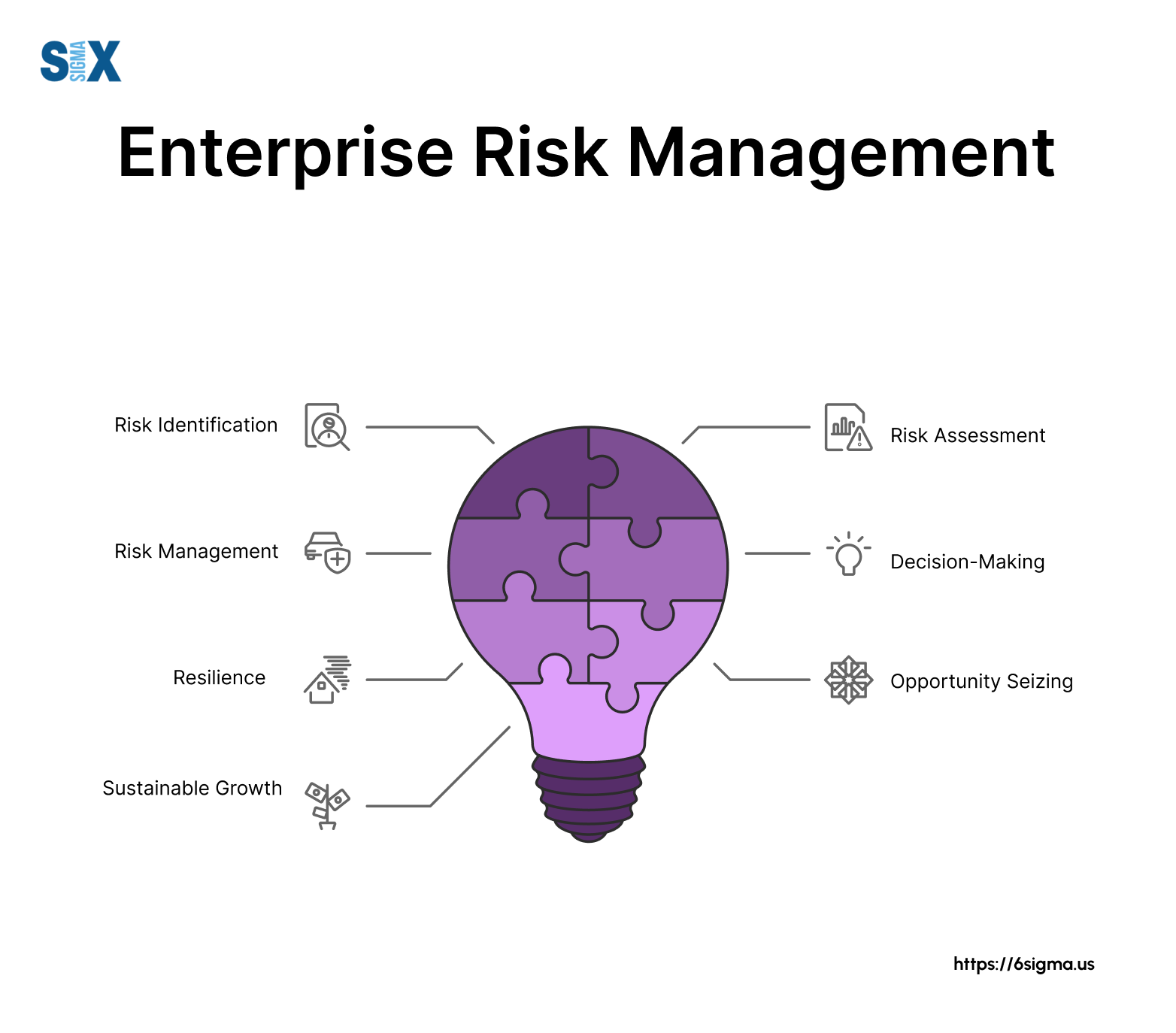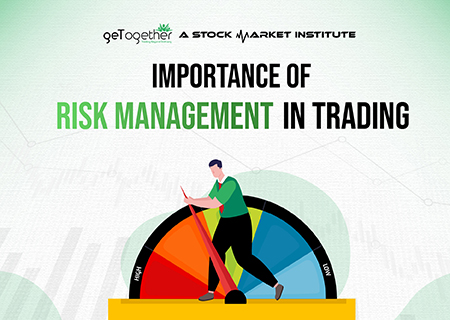How the Importance of Risk Management Promotes Successful Project Outcomes
How the Importance of Risk Management Promotes Successful Project Outcomes
Blog Article
The Significance of Comprehending the Relevance of Risk Management in Different Industries

The Core Principle of Risk Management and Its Function
Risk Management, the keystone of lots of markets, hinges on the identification, assessment, and mitigation of uncertainties in a service setting. By properly identifying potential dangers, organizations can develop methods to either protect against these threats from occurring or reduce their impact. As soon as dangers have actually been recognized and examined, the mitigation procedure involves devising methods to minimize their potential influence.
Advantages of Implementing Risk Management in Company Workflow

Introducing the Role of Risk Management in Different Industries
While every sector confronts its unique collection of dangers, the execution of Risk Management techniques continues to be a common measure in their pursuit of sustainability and development. In the healthcare field, Risk Management involves making sure patient safety and security and data security, while in money, it involves mitigating investment threats and ensuring regulative conformity (importance of risk management). Construction companies focus on employee safety, job hold-ups, and budget overruns. In the modern technology field, firms minimize cybersecurity dangers and innovation obsolescence. Eventually, the role of Risk Management throughout industries is to identify, examine, and minimize threats. It is a vital element of strategic preparation, making it possible for organizations to safeguard their properties, make best use of opportunities, and achieve their objectives.
Real-life Study Showing Effective Risk Management
To recognize the importance of Risk Management in these many sectors, one can want to a number of real-life circumstances that highlight the successful application of these steps. For example, in the energy industry, British Petroleum developed Risk mitigation plans post the 2010 Gulf of Mexico oil spill. They implemented much better security treatments and more stringent guidelines which significantly lowered more crashes. Likewise, in financing, Goldman Sachs successfully navigated the 2008 economic situation by identifying prospective mortgage-backed safety and securities risks early. Toyota, upload the 2011 earthquake in Japan, revised its supply chain Management to minimize interruption threats. These cases show this just how sectors, picking up from situations, successfully applied Risk Management approaches to decrease future threats.
Future Patterns and Developments in Risk Management Methods
Cybersecurity, once an outer problem, has catapulted to the center of Risk Management, with techniques concentrating on detection, avoidance, and feedback. The combination of ESG (Environmental, Social, Governance) factors into Risk Management is another expanding fad, reflecting the increasing recognition of the function that social and ecological threats play in company sustainability. Hence, the future of Risk Management exists in the blend of advanced innovation, innovative methods, important link and a holistic technique.
Verdict
In verdict, understanding the value of Risk Management throughout a spectrum of sectors is important for their long life and prosperity. Tailored methods can aid alleviate potential dangers, secure properties, and foster stakeholder trust. In addition, aggressive decision-making aids in regulative compliance and enhances source use. Inevitably, successful Risk Management adds to much more sustainable and resistant services, highlighting the value of this practice in today's extremely affordable and vibrant company environment.
While every market faces its unique collection of risks, the execution of Risk Management strategies remains a common denominator in their search of sustainability and development. In the medical care industry, Risk Management entails guaranteeing client safety and security and data security, while in money, it involves mitigating financial investment dangers and ensuring governing conformity. Inevitably, the duty of Risk Management across industries is to recognize, assess, and reduce dangers. These cases show exactly how markets, discovering from dilemmas, successfully applied Risk Management strategies to reduce future threats.

Report this page